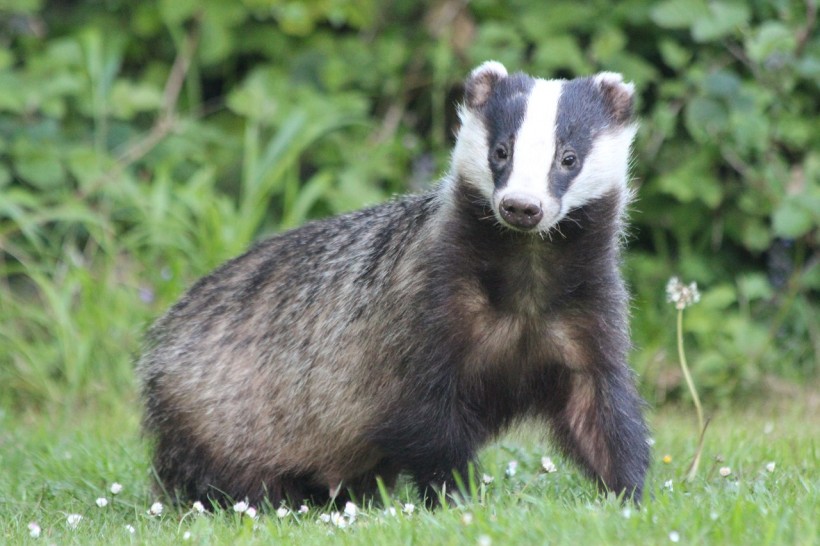An exceptional discovery of more than 200 Roman-era coins in Spain was credited to a burrowing badger that was likely only hunting for food but ended up digging the treasure trove. A vast snowstorm paralyzed the country in January 2021, which might push the badger to desperately burrow so deep that it happened to dig the coins.
Archaeologists said that the coins were discovered in April in La Cuesta cave, Berceo, in the Austrias region. Researchers from Madrid's Autonomous University published outlined the exceptional find in the Journal of Prehistory and Archaeology.

Hungry badger desperately hunting for food found a treasure trove of 209 Roman-era coins in Spain.
A Treasure Hunter Badger
Storm Filomena hit Spain last year that brought heavy snowfall, affecting not only humans but also wildlife. Archaeologists who found the ancient coins believe that the desperate attempt of the badger to find food has caused the discovery of the coins as it likely inserted its legs into a small crack opening next to its refuge, BBC News reported.
Since it has no use for the gold coins, the badger abandoned some of the pieces in front of its den. In total, there are 209 Roman-era coins on the site that were found by two archaeologists.
Archaeologists called it an exceptional find because the coins date back between the third and fifth centuries AD. Spanish newspaper El País reported that the coins were believed to have been forged in Constantinople, present-day Istanbul, Turkey, and Thessaloniki, Greece.
Furthermore, researchers said it was the largest treasure trove of Roman coins ever found in a cave in northern Spain. In the 1930s, archaeologists found treasures in the dense woodlands of Grado. There were 14 gold coins at that treasure trove that date back to when Constantine I was still the Roman emperor who ruled from 306 to 337 AD.
Researchers hope to return to the site where the coins were found to excavate as they could hold more artifacts from the past. But for now, only the badger knows where the treasure can be found.
ALSO READ: Early Money: Archaeological Discovery Shows Ancient European "Standardized Bronze Objects"
Origins of the Roman-era Coins
Archaeologists wrote in their paper that on the floor of the cave, the sand looked like a badger dug it up, and at the entrance of it were more coins.
Phys.org reported that most of the late Roman era coins likely originated from the north and the eastern Mediterranean, that later on reached Rome and Arles, and the southern region of France in Lyon, although they argued that it could have also come from London.
The team said that what makes the treasure trove an exceptional find is the undoubted archaeological interest of the transition to the early medieval period. They believe that the coins may have been moved there due to the "context of political instability" linked to the invasion of the Germanic people called Suebians who pushed into the northwestern region of the Iberian peninsula during the 5th century.
RELATED ARTICLE: Hoard of 5,500 Roman-era Silver Found Buried By The River in Augsburg City in Germany; Who Owned It?
Check out more news and information on Archaeology in Science Times.




![Earth's Quasi-Moon Kamo‘oalewa Could Originate From Lunar Surface Not Asteroid Belt [Study]](https://1721181113.rsc.cdn77.org/data/thumbs/full/53275/89/56/50/40/earths-quasi-moon-kamo-oalewa-could-originate-from-lunar-surface-not-asteroid-belt-study.png)









